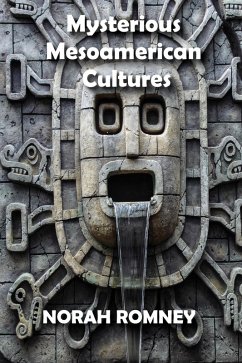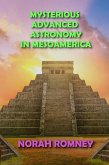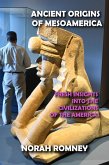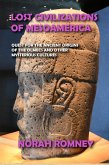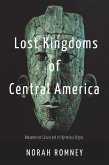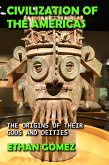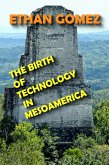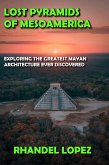Toward Mexico and the Isthmus of Panama, we will proceed northwest. Along the Gulf of Mexico and across the Isthmus of Tehuantepec, the Mayas developed their arts of life in narrowing bands. In terms of importance, Comalcalco appears to be the most westerly Mayan city. A large ruin is also located near San Andres Tuxtla, and the Tuxtla Statuette is among the earliest dated Maya objects. Archaic and Maya figurines coexist in this coastal belt, where arid and humid conditions coexist. Mayan culture may have originated here. Little has been studied on the archaeology of this part of Mexico.
Although the earliest known rubber specimens were found at Chichen Itza's Sacred Cenote, the material's ceremonial and practical uses are primarily related to the Olmeca and Totonac cultures. In southern Vera Cruz and western Tabasco, where the Aztecs later called Nonoalco, the Olmeca may be found. Ancient Mexican traditions frequently mention this region as a symbol of Maya civilization. Incense, water-proofing, drumstick tips, etc., were all made from rubber. There was also a sacred game played with a large rubber ball, with goals set high in parallel walls of a specially constructed court, which could be compared to basketball.
Olmeca may have been a Mayan tribe, but they may also have spoken Mexican. The Olmeca ruled parts of the Mexican highlands before the Toltecs, according to Ixtlilxochitl's history. When the Toltec empire collapsed, they may have fled south, for we find a group of this name in Nicaragua at the time of the Conquest.
Dieser Download kann aus rechtlichen Gründen nur mit Rechnungsadresse in A, B, CY, CZ, D, DK, EW, E, FIN, F, GR, H, IRL, I, LT, L, LR, M, NL, PL, P, R, S, SLO, SK ausgeliefert werden.

